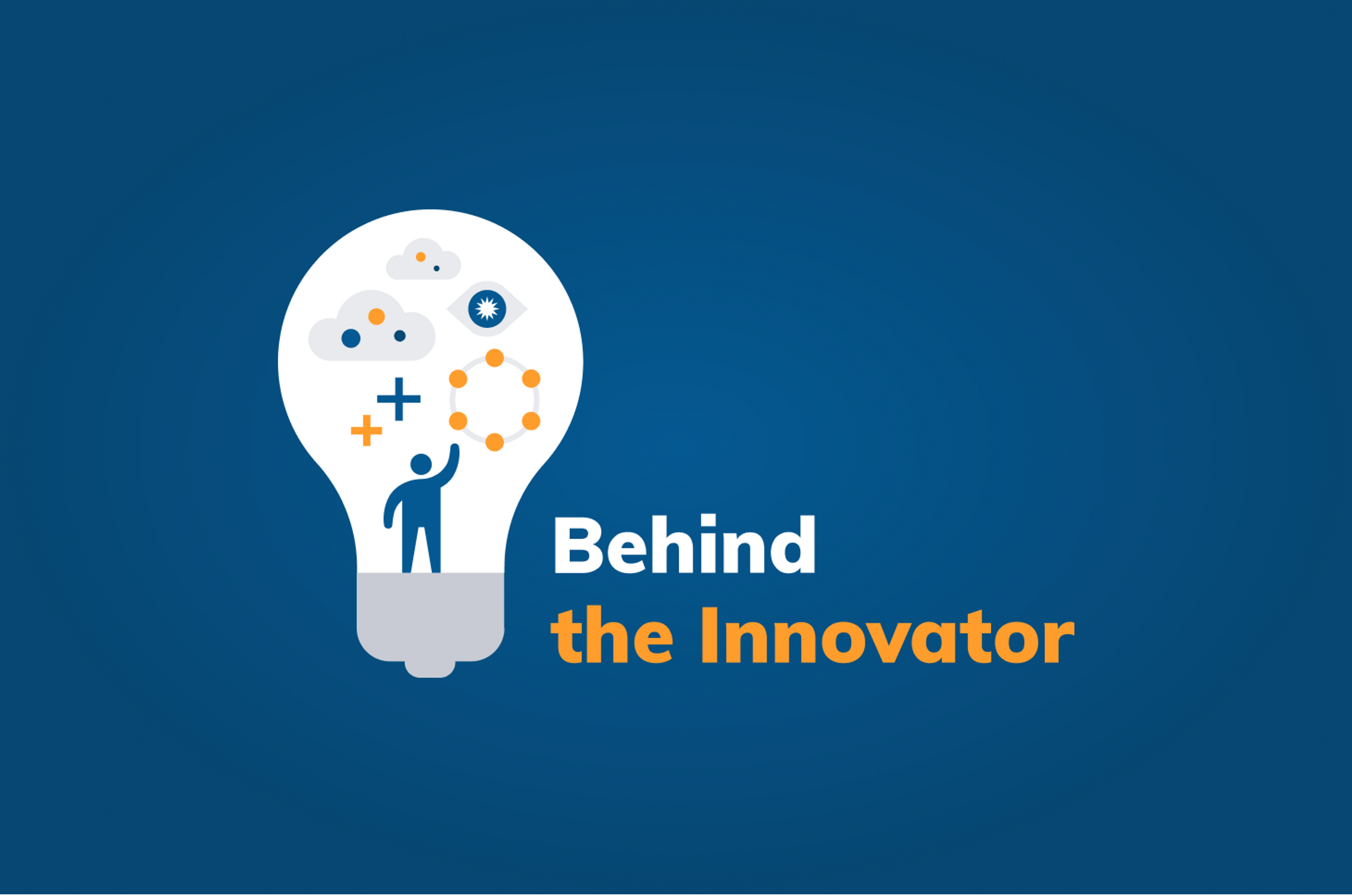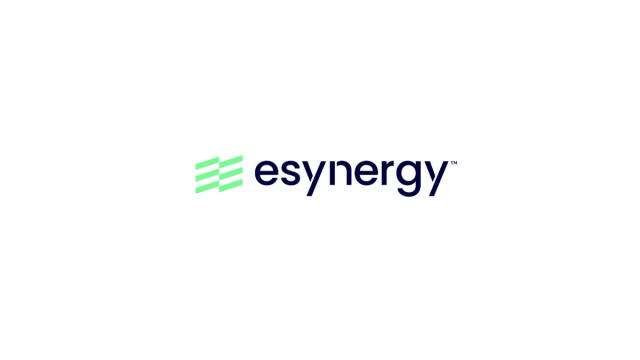How the Need for Scale Brought Traversals to DataStax Enterprise Graph

After deciding to create new services around data analytics for a variety of use cases—including cybersecurity, fraud detection, competitor intelligence, and real-time alerting— Germany’s Traversals Analytics and Intelligence GmbH knew it needed to build on top of a foundation of graph analytics. The company was already familiar with TitanDB, which DataStax Enterprise Graph is based on, and thought that DSE Graph was the best solution that met all of Traversals’ requirements—it could process data in real time and at scale, and it could manage data in a distributed way. They were right, and today the company delivers services around security intelligence, competitor analysis, and real-time disaster alerting.
In this latest installment of our Behind the Innovator Q&A series, we sat down with Dirk Kolb for a conversation about how the startup is using DataStax Enterprise Graph and the DataStax Kubernetes Operator to provide real-time analytics and alerting with the speed and throughput that its customers expect.
1. Please tell us about your company. What makes you unique?
In my previous work, I had experience of designing large-scale analytics projects. But there was a definite gap in the market around graph.
We formed Traversals to use graph as part of a modular approach to analytics services that customers such as Airbus Defence and Space and the German Ministry of Defence could tap into and apply this to data at massive scale.
By creating this data set and using graph alongside multi-tenant support, we could help customers find relationships more efficiently.
2. Tell us more about your service.
Our service for customers is based on providing real-time analytics and alerts based on global and multilingual data. That could be alerting customers to a disaster near one of their sites, demonstrating potential security risks, or for competitor analysis. What powers this is our ability to make connections in our data, and for that we rely on DSE Graph.
3. Why did you choose DataStax Enterprise Graph?
I was familiar with TitanDB as a distributed graph database, and that was the right technology for us. However, we wanted support in order to deploy at the scale and throughput of data we were planning to capture and analyze, so DataStax was the natural choice as a company to work with on this project.
DataStax Enterprise Graph was our first choice for how we would support this graph data at scale. DSE Graph was the natural choice for us as it met all our requirements—it could process data in real time and at scale, and it could manage data in a distributed way as well.
4. Why did you decide to use DataStax’s Kubernetes operator?
We knew we would need to pick a Kubernetes operator so we could integrate our graph analytics and Cassandra nodes, so cass-operator was a natural choice for us. This makes life much easier for our developers, as using cass-operator means we can fully rely on the Kubernetes stack including orchestration and node OS images. It results in less effort to run and maintain our DSE cluster.
5. What’s next for Traversals?
We create value using graph, and now we are looking at how to apply this to more knowledge sources over time. As an example, our ontology can create new searches if you are interested in real-time alerts around a subject. For disasters, this might involve looking out for police alerts or reports of fires, and then create new searches automatically for analysts using AI.
This makes life easier for analysts, and we can explore the knowledge we collect more efficiently.
For more information on how Traversals is using DataStax to deliver analytics at scale, read the full case study.
Behind the Innovator takes a peek behind the scenes with learnings and best practices from leading architects, operators, and developers building cloud-native, data-driven applications with Apache Cassandra™ and open-source technologies in unprecedented times.



